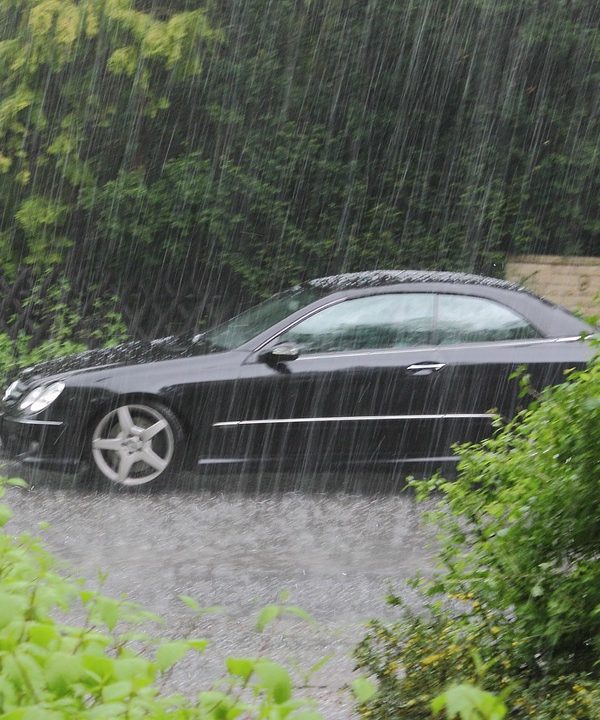Courtesy of iii.org Wind-caused property damage is covered under standard homeowners, renters and business insurance policies. Renters’ insurance covers a renter’s possessions; the landlord insures the structure. Property damage to a home, a renter’s possessions, and a business—resulting from a flood—is generally covered under FEMA’s National Flood Insurance Program (NFIP) and through some private insurers. Private-passenger vehicles damaged or destroyed by either wind or flooding are covered under the optional comprehensive portion of an auto insurance policy. Nearly 80 percent of U.S. drivers choose to purchase comprehensive coverage. “Superstorm Sandy, which impacted the Northeast, including New Jersey and Long Island, was the deadliest and most destructive storm of the 2012 Atlantic hurricane season, causing billions of dollars in insured losses,” said Dr. Michel Leonard, CBE, Vice President and Senior Economist, Triple-I, who also gathered the content posted at the …
Uncategorized
Insurance & Coral Reefs
Courtesy of iii.org Hurricanes and storm-related flooding are responsible for the bulk of damage from disasters in the United States, accounting for annual economic losses of about $54 billion, according to the Congressional Budget Office (CBO). These losses have been on the rise, due, in large part, to increased coastal development. More, bigger homes, more valuables inside them, more cars and infrastructure – these all can contribute to bigger losses. The CBO estimates that a combination of private insurance for wind damage, federal flood insurance, and federal disaster assistance would cover about 50 percent of losses to the residential sector and 40 percent of commercial sector losses. Recent research illustrates the benefits provided by mangroves, barrier islands, and coral reefs – natural features that frequently fall victim to development – in terms of limiting storm damage. In many places, mangroves are the first line of defense, their aerial roots helping to reduce …
Insurance & Coral Reefs
Courtesy of iii.org Hurricanes and storm-related flooding are responsible for the bulk of damage from disasters in the United States, accounting for annual economic losses of about $54 billion, according to the Congressional Budget Office (CBO). These losses have been on the rise, due, in large part, to increased coastal development. More, bigger homes, more valuables inside them, more cars and infrastructure – these all can contribute to bigger losses. The CBO estimates that a combination of private insurance for wind damage, federal flood insurance, and federal disaster assistance would cover about 50 percent of losses to the residential sector and 40 percent of commercial sector losses. Recent research illustrates the benefits provided by mangroves, barrier islands, and coral reefs – natural features that frequently fall victim to development – in terms of limiting storm damage. In many places, mangroves are the first line of defense, their aerial roots helping to reduce …


